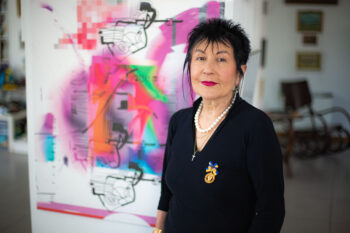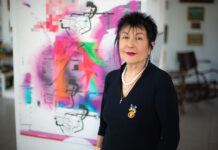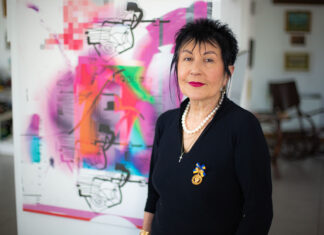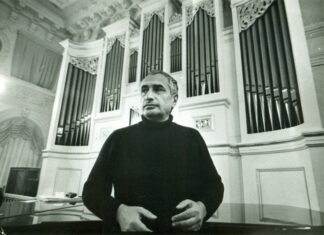By Aram Arkun
Mirror-Spectator Staff
BEIRUT, Lebanon — Beirut supports three Armenian-language daily newspapers — Ararad, Aztag and Zartonk. Each one is the organ of a traditional (meaning originating in the Ottoman era) Armenian political party. It is a great achievement for the ever-decreasing Armenian population of Lebanon to maintain these papers, especially with Western Armenian in retreat throughout the world. While in Beirut, I had the opportunity to briefly interview the present editor of Zartonk, the official publication of the Armenian Democratic Liberal Party (the Ramgavars). Zartonk’s first editor was poet Vahan Tekeyan in 1937, and it has continued to have respected writers and intellectuals as editors in later years, including Kersam Aharonian (1948-81).
In May 2008, Zartonk had been closed for approximately 15 months and its future was uncertain at best, when an effort was made to revive it. Thanks largely to the efforts of Lebanese member of parliament Hagop Kassardjian, financial and internal administrative obstacles were overcome, and two editors were invited to restart the publication. Hrayr Garabedian returned to Beirut from Vienna, joining local writer Baydzig Kalaydjian. After about a year Garabedian left the newspaper, and Kalaydjian continued as editor-in-chief. Zartonk recommenced as a semimonthly, and gradually increased the frequency of its publication until it turned back into a daily this June.
Kalaydjian had a long history with Zartonk prior to her editorship. She began writing for it as a correspondent in 1990. She had her own weekly page on “women’s affairs” which she prepared for some six or seven years. Kalaydjian was quick to point out to me that she was not writing about women in the kitchen and other traditional spheres, but rather on the Armenian woman in Armenian national life, education and various modern realms. She felt at the time that Armenian women could not bring up children properly by staying at home. They had to be free, and involved in Armenian community life. They thus could become the pillars of the latter, not just of family life.
Kalaydjian is a graduate of the Melkonian Educational Institute, the Armenian General Benevolent Union’s Yervant Hussissian Institute for Armenian Studies, and Yerevan’s Hrachia Ajarian University, where she received a master’s degree on the search for roots and Armenia identity. She focused on Peter Balakian’s memoir Black Dog of Fate in particular, and now continues to work with Azat Yeghiazarian in the Armenian Academy in order to complete her doctorate on the post- Genocide diasporan press.
Kalaydjian taught Armenian language and history for many years. She worked for 16 years at the Armenian General Benevolent Union (AGBU)’s Garmirian School of Beirut, and then, was invited in 2000 to the Melkonian Educational Institute in Cyprus to teach the same topics. She physically left Zartonk then, but continued to contribute articles frequently. She also served on the editorial board of Khosnag, the Lebanese AGBU publication, and in Cyprus also worked on Melkonian’s own publication and the Paros newspaper, as well as the on-line magazine Gibrahayer.







